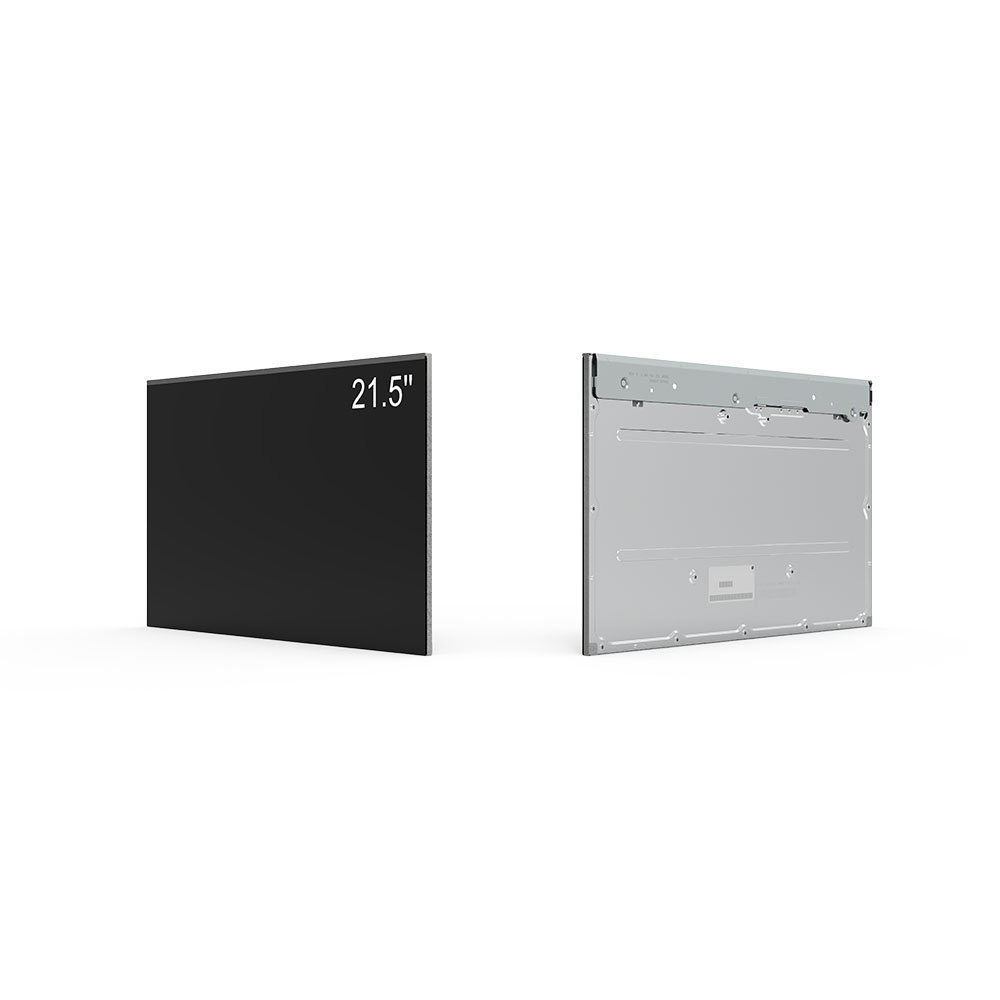Outdoor LCD screens have become essential tools for businesses seeking to engage customers, display real-time information, and enhance brand visibility in public spaces. Whether it's a retail store, airport terminal, or city square, selecting the right outdoor display requires careful evaluation of technical specifications, environmental conditions, and long-term performance.
Introduction

The rise of digital signage has transformed how brands communicate with audiences. Unlike indoor displays, outdoor LCDs must withstand extreme weather, high ambient light, and constant exposure to UV radiation. Choosing the wrong screen can result in poor visibility, frequent maintenance, and shortened lifespan—costing both time and money. This article outlines key factors to consider when selecting an outdoor LCD screen tailored to your business environment.
Main Body

First, evaluate brightness and contrast. Outdoor screens need at least 5,000 nits of peak brightness to remain visible under direct sunlight—a standard set by the Society of Motion Picture and Television Engineers (SMPTE). Higher-end models offer 7,000–10,000 nits, ensuring clarity even in harsh lighting conditions. Contrast ratio is equally critical; a minimum of 4,000:1 ensures sharp image quality in daylight.
Second, consider environmental protection ratings. Look for IP65 or higher for dust and water resistance—especially important in coastal areas or regions with heavy rainfall. In colder climates, ensure the screen supports operating temperatures from -20°C to +50°C. Industry-leading manufacturers like LG, Samsung, and NEC meet these standards through thermal management systems and sealed enclosures.
Third, assess durability and materials. Aluminum frames and tempered glass reduce damage from impact, while anti-glare coatings minimize reflections. Some models include automatic brightness adjustment based on ambient light sensors—an energy-efficient feature that extends lamp life.
Fourth, examine connectivity and remote management capabilities. Modern outdoor LCDs often support Ethernet, Wi-Fi, and 4G/5G modules for content updates without physical access. Cloud-based management platforms allow centralized control across multiple locations—a necessity for chain retailers or municipalities.
Finally, factor in total cost of ownership (TCO). While premium screens may have higher upfront costs, their longer lifespan, lower power consumption, and reduced maintenance justify the investment. A 2023 study by Display Week found that well-maintained outdoor LCDs last up to 8 years, compared to 3–5 years for substandard units.
Conclusion
Selecting the right outdoor LCD screen is not just about specs—it’s about aligning technology with your operational needs and environmental challenges. By prioritizing brightness, durability, connectivity, and TCO, businesses can ensure optimal performance, customer engagement, and return on investment. Whether you're deploying a single screen or a large-scale digital signage network, making an informed choice now saves resources later.







